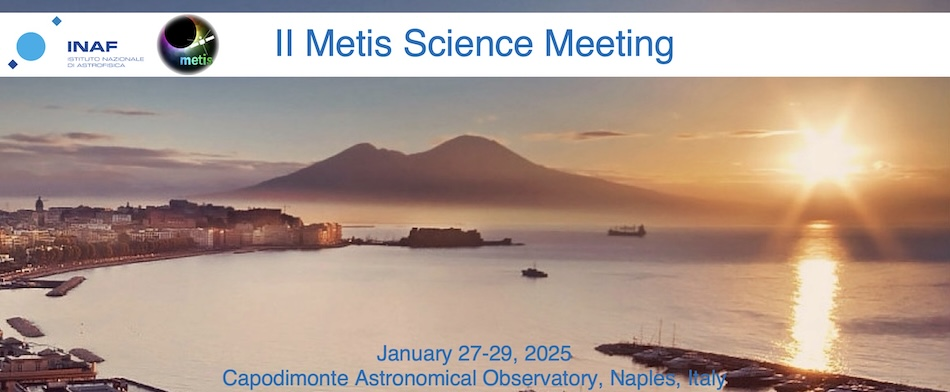Speaker
Description
The fourth perihelion of the Solar Orbiter nominal mission occurred on October 7h, 2023. During the 12-days window around the closest approach (0.29 au), Metis carried out a series of observations at medium and high cadence: from 120 s in pB sequences, down to 20 s in total brightness runs. During the high-cadence observations carried out on October 5th 2023, Metis captured numerous features apparently moving downwards in a region of the corona above a coronal hole visible on the N-E quadrant of the solar disk. The measured downwards speeds of these features are on average higher than the more commonly observed downflows seen in streamer regions (speeds larger than 100, 150 km/s, compared to the few tens of km/s observed in a nearby streamer). A closer inspection reveals that these features are characterized by a front brighter than the surrounding corona, sometimes with an "inverted-loop" shape, followed by a depression in brightness. We present these observation and discuss possible interpretations. An intriguing possibility is that the observed phenomena are the manifestation of Thermal Non-Equilibrium (TNE) cycles occurring in the context of a transonic solar wind. Such TNE cycles have been observed and simulated so far only for the closed corona and chromosphere. However, recent calculation (Scott et al., ApJ in press) have shown that such TNE cycles can occur in the solar wind, although at much lower heights than those observed by Metis. Further modelling studies are needed in order to determine whether TNE can occur at the heights of the Metis observations and, if not, alternative processes that can account for these observations.

